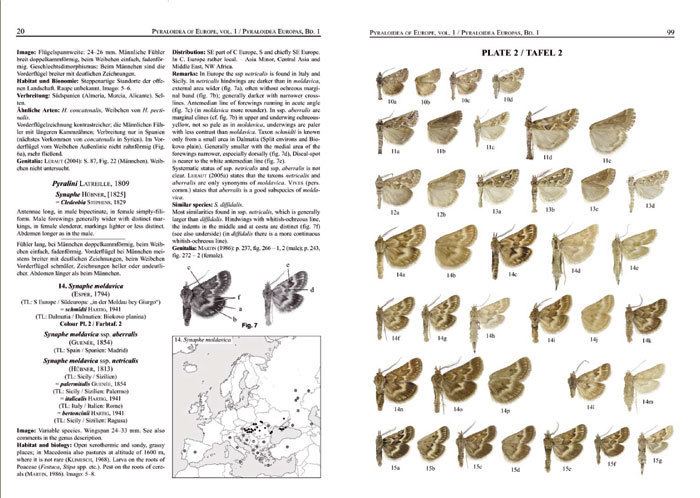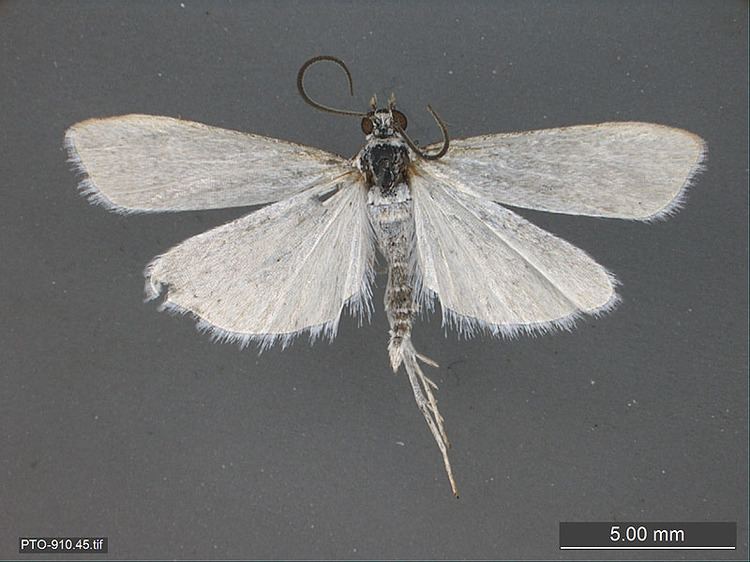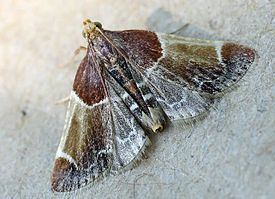Higher classification Obtectomera | Scientific name Pyraloidea Rank Superfamily | |
 | ||
Lower classifications | ||
Snout moth crambini sp ditrysia pyraloidea crambidae
The Pyraloidea (pyraloid moths) are a moth superfamily containing about 16,000 described species worldwide (Munroe & Solis 1998), and probably at least as many more remain to be described. They are generally fairly small moths.

This superfamily used to contain the Hyblaeidae, Thyrididae, Alucitidae (plus Tineodidae), Pterophoridae, and Pyralidae. Currently, the Crambidae are usually separated from the Pyralidae, but the first four families are now each split off as a distinct superfamily. Some genera (e.g. Hydriris, Micronix and Tanaobela) still defy easy classification and have been variously assigned to the Crambidae or the Pyralidae.

Among all Lepidoptera, pyraloids show the most diverse life history adaptations. The larvae of most species feed on living plants either internally or externally as leaf rollers, leaf webbers leaf miners, borers, root feeders, and seed feeders. Some species live parasitically in ant nests (Wurthiinae), prey on scale insects (certain Phycitinae), or live in the nests of bees (Galleriinae). The larvae of the Acentropinae are adapted to life under water, and certain Phycitinae and Pyralinae are adapted to very dry environments and their larvae feed on stored food products. Others feed on animal detritus such as carrion and feces.

With such a variety of living habits, pyraloids are used in biodiversity studies (Schulze & Fiedler 2003). Some species are of economic importance, e.g.:



